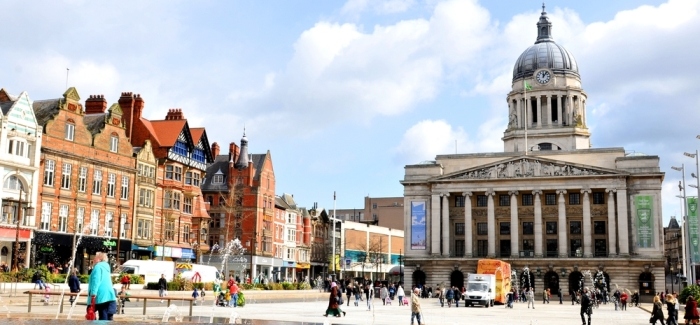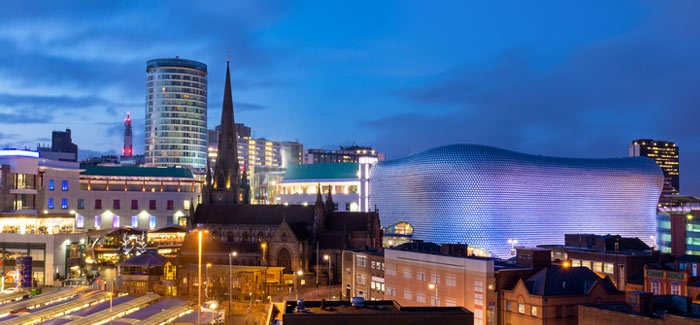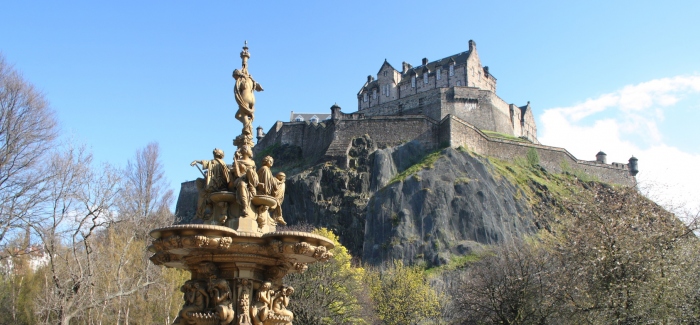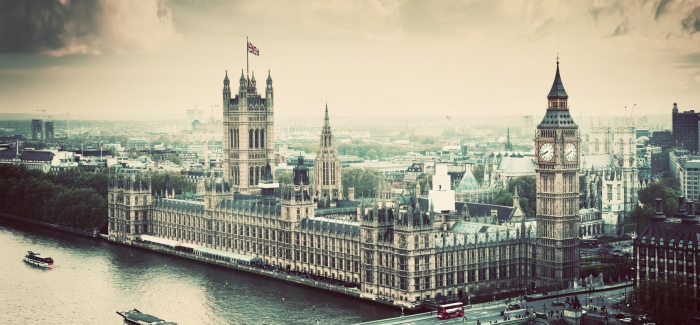It’s hard to believe Britain consists of over 6,000 islands, just 80 of which are inhabited.
Most of us have heard of the Isle of Man, Isle of Wight and the Scilly Isles, but what about the smaller, slightly more inaccessible islands? After all, there are over 800 British islands that we can access by road, sea or air!
Here, we explore some islands you may have heard of as well as lesser-known islands that are well worth a visit.
Isle of Wight
As one of Britain’s most accessible islands, the Isle of Wight welcomes a healthy influx of over two million visitors each year.
With an average of nine ferries leaving each day from Portsmouth and Southampton – the majority taking just 45 minutes – the Isle of Wight is the perfect place for a weekend getaway or spontaneous day trip.
The island is well known for its shingle beaches, annual sailing regattas and unique chalk stacks, but there is so much more to do here.
On a sunny day, why not explore the island by bike? Choose between the relatively flat paved trail that circumnavigates the island or one of the off-road trails if you fancy more of a challenge.
Isles of Scilly
The Isles of Scilly are another, relatively well-known collection of British Islands. Consisting of five inhabited islands (St Mary’s, Tresco, St Martin’s, Bryher and St Agnes), as well as many other uninhabited islands, there is plenty to explore here.
Each island is unique although they all share the same temperate climate all year round. Evidence of this very un-British weather can be found easily on Tresco, which is home to a tropical garden and pristine white sand beaches.
You can’t get to Tresco directly from the mainland, but it’s well worth the combination of plane and boat to experience the tranquillity of the island.
Isle of Skye
Part of the Inner Hebrides, the Isle of Skye stretches across the west coast of Scotland.
Reachable via a road bridge that connects it to mainland Scotland, the Isle of Skye is one of the most easily accessed islands in Britain. Despite this, it still manages to retain an air of remoteness and calm.
Known best for the Cuillin Mountains that are located at the heart of the island, it’s mostly frequented by walkers and rock climbers searching for their next challenge.
As well as plenty of natural landscapes to explore, the island has a rich cultural heritage that dates back to prehistoric times. Visit the mysterious stone circles or bygone castles to learn most about the island’s varied history.
The Orkneys
Another archipelago of islands, the Orkneys sit just off the northern coast of Scotland. The main island is accessible by ferries that leave from terminals along Scotland’s coast: Lerwick, Hatston and Aberdeen.
Once on the main island, it’s easy enough to explore the surrounding islands either as part of day trips or by staying overnight. Visit the stone villages, grand cathedrals and historical monuments to learn more about the islands’ Neolithic heritage.
The Orkneys northern location means that, even during the summer, temperatures can plummet below 10°C. So, pack your waterproofs and a warm jumper to make sure you can make the most of the sightseeing opportunities.
Being this far north does have its advantages though, as these islands provide some of the best opportunities in the UK to see the northern lights.
The Holy Island of Lindisfarne
Despite its rich historical heritage, the Holy Island of Lindisfarne is not as well-known as others on this list.
The impressive Lindisfarne Castle, built as a 16th century fortress for King Henry VIII, dominates the skyline here. Visitors can explore the historic castle as well as the nearby ruins of Lindisfarne Priory, which was built in AD365 and inhabited by monks for thousands of years.
If history isn’t your thing, the island has plenty of other recreational activities on offer. Spend a serene afternoon birdwatching or tackle one of the more challenging hikes on the islands.
Note that Lindisfarne is only accessible during low tide, so check the timetables and don’t get caught out!
Sark
Sark is one of the smallest British islands, but, arguably, one of the most beautiful.
With no cars allowed on the island and an absence of streetlights, visiting Sark will take you back to a time when life was a little simpler. Expect to see horse-drawn carts and plenty of old-school farming machinery.
Explore the island by bike, on foot or by horse-drawn cart for a truly unique experience.
Don’t miss the opportunity to stargaze here. With close to zero light pollution, the skies are among the clearest in Britain.















